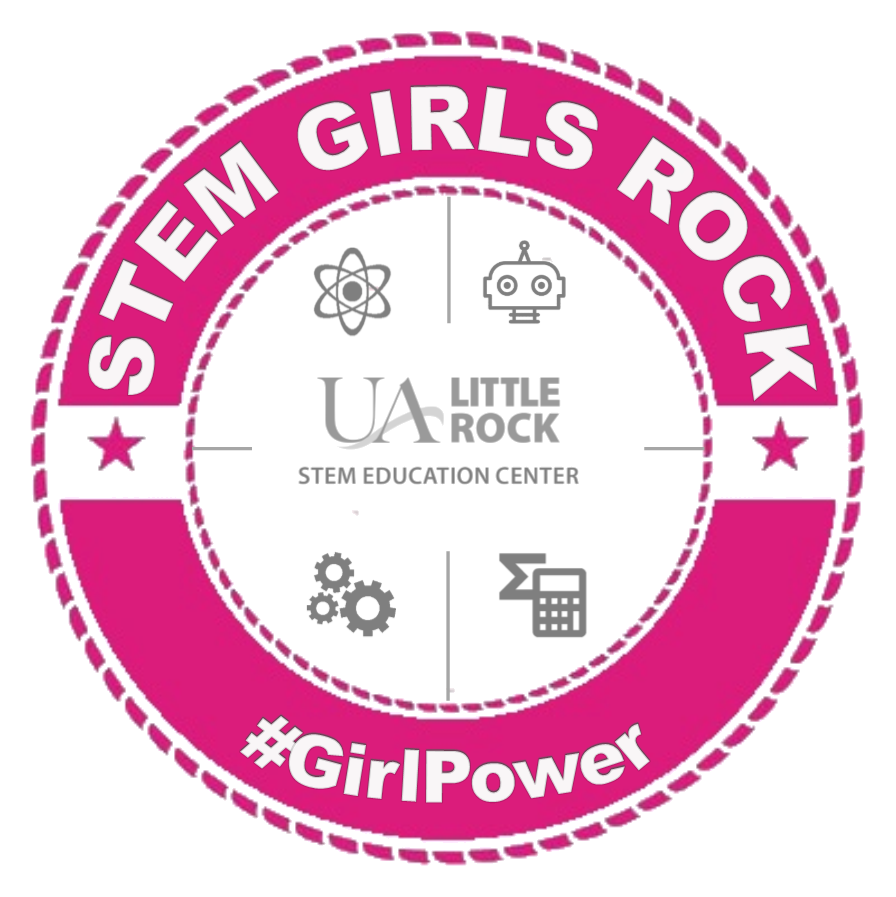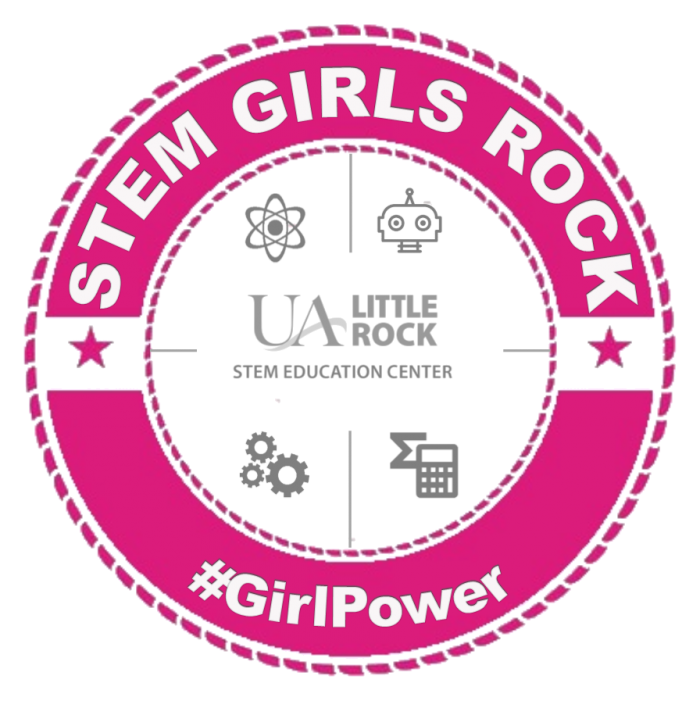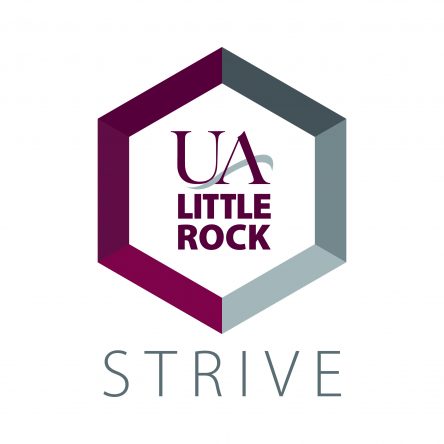We at ComputerScience.org want to help women gain access to STEM opportunities. Our team has compiled a comprehensive guide that includes why women aren’t choosing tech careers and what can be done to change that, along with a list of MOOCs. We invite you to check out our guide below:
Getting Women Involved Within STEM

Looking for STEM programs and scholarships to boost women and minorities in STEM? Master’s in Data Science offers a variety of up-to-date resources for you to explore: A Guide for Minorities in STEM: Increasing Workplace Diversity.
Did you know in Higher Education that:
- Women earned 57.3% of bachelor’s degrees in all fields in 2013 and 50.3% of science and engineering bachelor’s degrees. However, women’s participation in science and engineering at the undergraduate level significantly differs by specific field of study. While women receive over half of bachelor’s degrees awarded in the biological sciences, they receive far fewer in the computer sciences (17.9%), engineering (19.3%), physical sciences (39%) and mathematics (43.1%).
- In 2012, 11.2% of bachelor’s degrees in science and engineering, 8.2% of master’s degrees in science and engineering, and 4.1% of doctorate degrees in science and engineering were awarded to minority women (NSF, Women, Minorities, and People with Disabilities in Science and Engineering, 2015).
- In 2012, 3.1% of bachelor’s degrees in engineering, 6.5% of bachelor’s degrees in physical sciences, 5.4% of bachelor’s degrees in mathematics and statistics, 4.8% of bachelor’s degrees in computer sciences, 9.7% of bachelor’s degrees in biological sciences, and 14.2% of bachelor’s degrees in social sciences were awarded to minority women (NSF, Women, Minorities, and People with Disabilities in Science and Engineering, 2015).
And in the STEM workforce did you know that:
- Women make up half of the total U.S. college-educated workforce, but only 29% of the science and engineering workforce.
- Female scientists and engineers are concentrated in different occupations than are men, with relatively high shares of women in the social sciences (62%) and biological, agricultural, and environmental life sciences (48%) and relatively low shares in engineering (15%) and computer and mathematical sciences (25%).
For example:
- 35.2% of chemists are women;
- 11.1% of physicists and astronomers are women;
- 33.8% of environmental engineers are women;
- 22.7% of chemical engineers are women;
- 17.5% of civil, architectural, and sanitary engineers are women;
- 17.1% of industrial engineers are women;
- 10.7% of electrical or computer hardware engineers are women; and
- 7.9% of mechanical engineers are women.
In support of women in STEM, but particularly STEM education, the UA Little Rock STEM Education Center hopes you’ll take time to peruse the cool websites below to learn more about women in STEM and STEM education
History of Women in IT: 6 Female Pioneers in Computer Science (Purdue Global)
Association for Women in Science (AWIS)
Women in Technology (WIT)
IEEE Women in Engineering (IEEE WIE)

